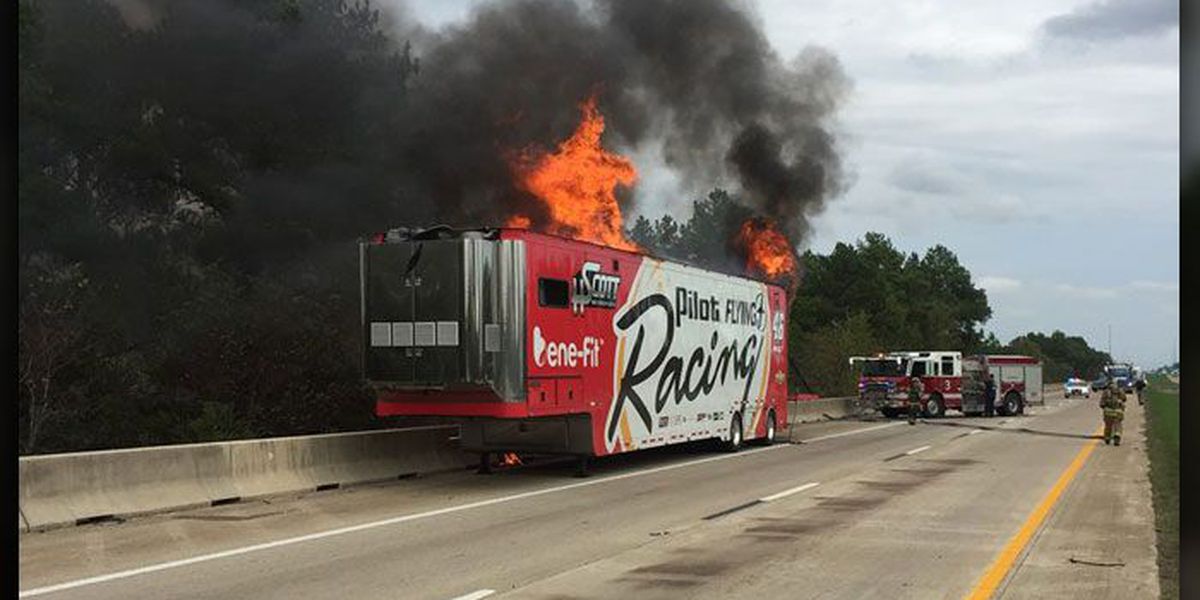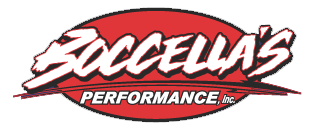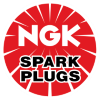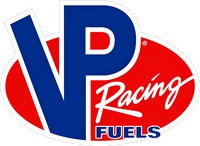In the history of civilization, one of the greatest fears is that of fire. Just the thought of that word being heard at a high volume increases the pulse rate, excites the senses, and fills a person with adrenaline. Fire is used to heat homes, cook food and is enjoyed by many as ambience added to a night with friends, but uncontrolled, unexpected fires are anything but a good time.
Recently some very high-profile trailer fires have the racing world in shock and looking for answers both as to how they started and how they can be prevented. The possibility of a fire happening inside your enclosed trailer while hurtling down the highway behind you attached to your truck or RV has a large portion of our community discussing how this can be avoided. No one wants to see their heart and soul, blood and sweat, time and money disappearing before their eyes as they wait helplessly by the side of the road waiting for the fire trucks to arrive. Many of us feel that we would rather give a kidney or sometimes a firstborn, before we see our precious four-wheeled cargo being returned to the elements.
Talk of prevention, whether it is through better stowing methods, types of products used in the builds and combustibles kept in our trailers is one discussion that can help thwart the onset of a fire. The location where the fire starts is another. Did the fire start in a generator compartment, battery location or maybe it was outside the trailer and caused by faulty brakes or bearings in the axles.
Another topic is onboard trailer alarms or fire suppression systems, which can include the adaptation of various in-car type of systems installed or plumbed throughout the trailer. These systems might seem to be the way to go, but there is one word that is key and that is SUPPRESSION. With full disclosure, my company Mar-Schan Motorsports sells some of these options, from the thermally activated TG-1000 from Firebottle to using multiple thermally activated systems from FireAde or SPA Technique. We also sell the Fireball® produced by AFG which uses a dry chemical that is dispersed when exposed to flame. Some of these options can be seen on our website at https://www.marschanmotorsports.com/product-category/fire-systems/ but back to the word suppression.
Race car SFI or FIA rated systems are tested to work within a certain area, whether that be an engine compartment of cockpit of a racecar. These systems are meant to suppress the fire to give the driver a chance to escape the area and get to safety with minimal or no injuries. If these systems EXTINGUISH the fire that is great, but their main function is to buy the driver time. The testing done for an SFI or FIA rating requires the extinguishing of a controlled fire within a known enclosure. In racing or in the case of a trailer fire, these perfectly controlled scenarios won’t be the case, hence the term suppression or hold back the fire. With that in mind, there is a thought process that needs to happen, and most likely a discussion of what best fits your needs. Some things to consider are:
- Where would you want your auto detection components located? If the fire started outside around the wheel assemblies, you might need to have something there. If the detection and activation methods were inside the trailer along with the plumbing the fire would have to burn through the floor or sides of the trailer to set the system off. That’s a little too late!
- How big is your trailer in terms of internal cubic feet and are their storage cabinets with flammables in that might need extra protection? There are calculators available to help with sizing the systems. A liquid or foam-based product is a bit different since they need to cover or coat the fire source or sources.
- What type of agent do you want to use? If it’s an exterior fire and you are going down the highway you might want to use an AFFF (foam) so it will adhere to the area and help disperse the grease say on a brake or wheel system, versus a gas that would dissipate. If it’s an interior fire maybe you would want to use a gas like 3m Novek 1230 or Dupont FE-36. These would mix with the oxygen in the trailer and hang inside the compartment to hopefully snuff the fire out. An AFFF like FireAde2000® that would have to makes it way to the areas that are burning and possibly need to get under covered areas like hoods or golf carts to do its job effectively.

- How well is the trailer sealed up from outside airflow? The better the seal, the better the gas type of agents will stay at the percentage that they need in the air to put out or keep putting out the fire.
- One other hot topic to consider are lithium battery fires. Typically, they must burn themselves out, as most products or agents on the market at this time do not have much affect on them. There is a new product that might be out in 2021 that shows good results on these fires, but this product would have to be concentrated on that area to put it out. By the time it is a fire it is extremely hot like the NAPA trailer above.
In reality there is a chance that your system could go off but not extinguish the fire. Your expectations should be in accord with the system size and type installed. There are options available, but they are far from just buying some items that I sell and expect them to work in all situations. A professional discussion about what you are trying to protect and how that can best be accomplished would be my recommendation. Sometimes something is better than nothing, but having something that comes with expectations as high as a fire system should be a calculated investment.
I hope this had provided some food for thought for discussions with your fellow racing friends and hopefully it can lead to productive bench racing sessions to better protect your investments and years of safe fun at the track. Hope to see you there!












